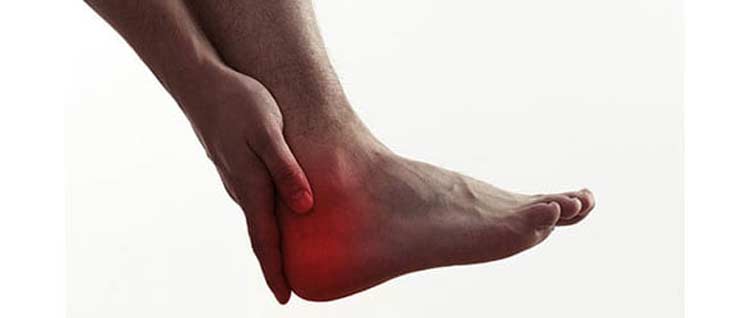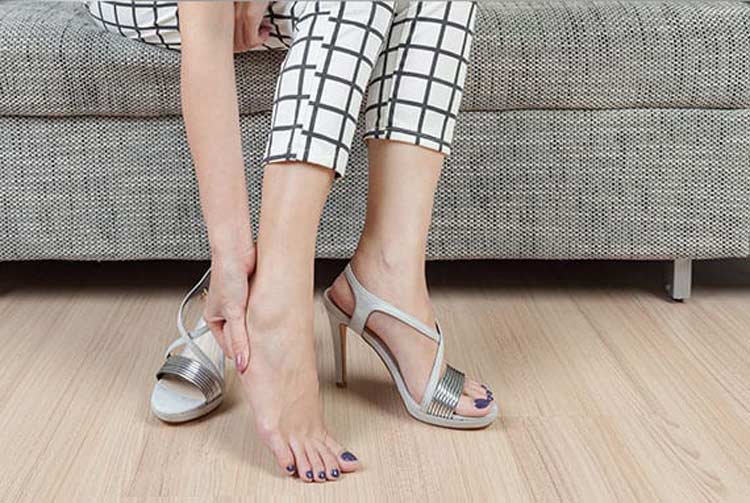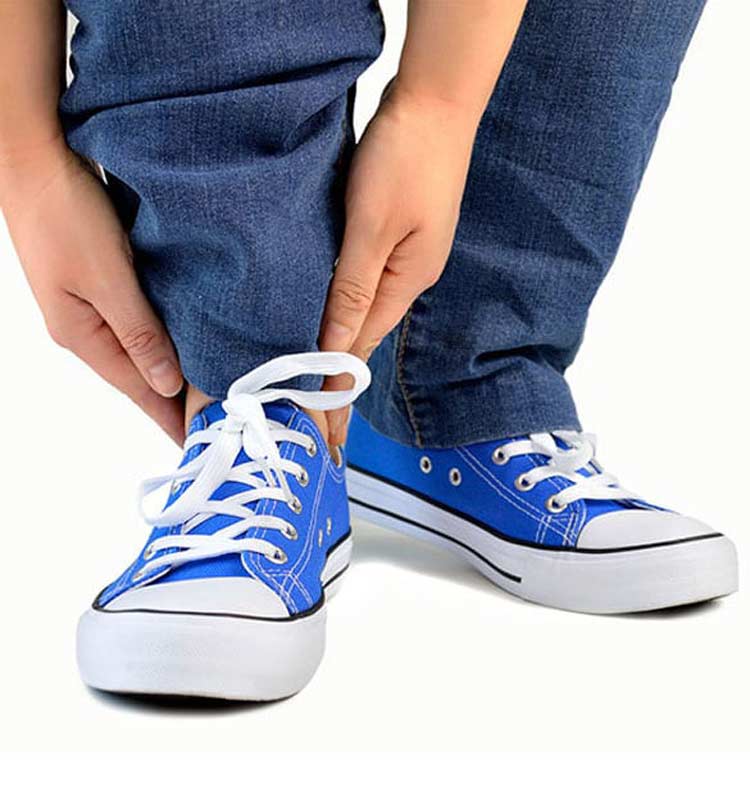
Discover how we can help you find relief from peroneal tendon injuries.
The peroneal tendons are tissues that run along the outside of the ankle behind the fibula bone. The purpose of tendons is to connect muscles to bones to allow for smooth movements. There are two peroneal tendons in each foot. One attaches along the outermost part of the mid-foot. The other peroneal tendon travels under the foot and attaches to the arch. The purpose of both of these tissues is to maintain stability of the foot and its supporting ankle. There are several injuries that may affect peroneal tendons and prevent them from keeping the foot stable.
Causes of Peroneal Tendon Injuries
Overuse is the most common cause of peroneal tendon injuries. When some type of damage does occur, it can result in an acute (sudden) or chronic (progressive and long-lasting) type of injury. Repetitive movements associated with sports can stress one or both peroneal tendons. Patients with high arches and other structural foot or ankle abnormalities may also develop problems with these tendons.
Types of Peroneal Tendon Injuries
There are several specific types of tendon injuries that may affect the peroneal tendons. Any of the following sources of tendon-related pain can produce symptoms that range from mild to severe. Regardless of which specific type of injury may be a source of discomfort, it’s important to seek treatment if pain is severe or affecting the ability to go about daily activities.


Tendonitis
An inflammation-based injury, tendonitis can affect one or both peroneal tendons. This type of injury is most likely to be caused by chronic overuse or some type of sudden trauma, such as a hard fall or a sprained ankle. Swelling, redness, and noticeable pain in the affected area are the main symptoms. The injured area may also be warm to the touch.
Acute Tears
Also caused by repetitive stress or trauma, acute tears can involve partial or complete tears of the peroneal tendons. Patients with acute tears often report sharp pain, swelling, and instability of the foot and/or ankle. If left untreated, tendon tears may alter the shape of the foot and affect the arch.
Degenerative Tears
Degenerative tears are also referred to as a condition called tendonosis, which is also an overuse injury. It usually affects peroneal tendons slowly, often over a period of years. Tendons become increasingly stretched and tissues become thinner and less supportive. Common symptoms include an increase in arch height, ankle instability, and pain along the outside of the ankle that occurs periodically, but not all of the time.
Subluxation
Peroneal tendons may be affected by subluxation, a condition where one or both of these tendons slips out of its normal position. The problem may be due to an existing structural issue with feet that was present at birth. It can also occur as a result of a sudden trauma. If tissues that stabilize the peroneal tendons are also damaged, patients may experience chronic pain. Symptoms typically include ankle weakness, persistent pain around the ankle bone, and a “snapping” sensation when walking or placing weight on the affected foot. Early treatment can prevent the affected peroneal tendon from tearing as it continues to slip further out of place.
Diagnosis and Treatment
Since peroneal tendon injuries are sometimes misdiagnosed, an evaluation by a podiatrist can be helpful in determining if these tendons are the source of a patient’s discomfort. In addition to image testing, diagnosis usually involves an examination of the ankle to look for signs of injuries that typically occur when peroneal tendons are inflamed, out of place, or damaged. Several non-surgical remedies may provide relief for patients, including:
- Casting, sprinting, and other forms of immobilization
- Bracing to allow the injured tendons to heal
- Hot and cold therapy, massage therapy, customized foot and ankle exercises, and other forms of physical therapy
- Oral or injected anti-inflammatory medications
Surgery
If damage to one or both peroneal tendons is severe or conservative treatments aren’t providing relief, surgery may become an option. The specific procedure performed will depend on the extent of the damage to the tendons.
Eating a diverse diet with a mix of nutrient-rich fruits and veggies, lean proteins, and low-fat dairy products can help keep peroneal tendons and other soft tissues in feet healthy. Regular physical activity can also promote strong and flexible tissues, joints, and bones. Tendon injuries associated with activities may also be prevented by doing a proper warm-up first and paying attention to form and technique. Making an effort to keep feet healthy by wearing supportive shoes and looking for signs of anything unusual can also minimize the risk of experiencing long-term discomfort from peroneal tendon injuries.

